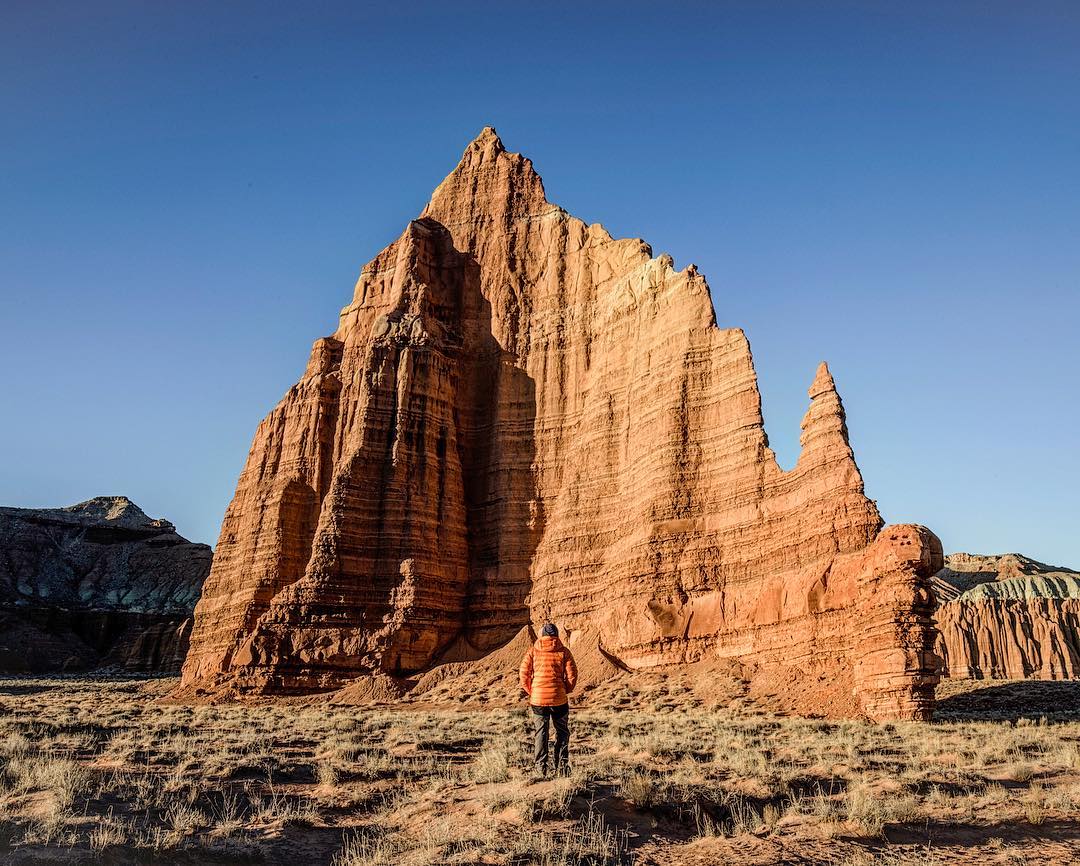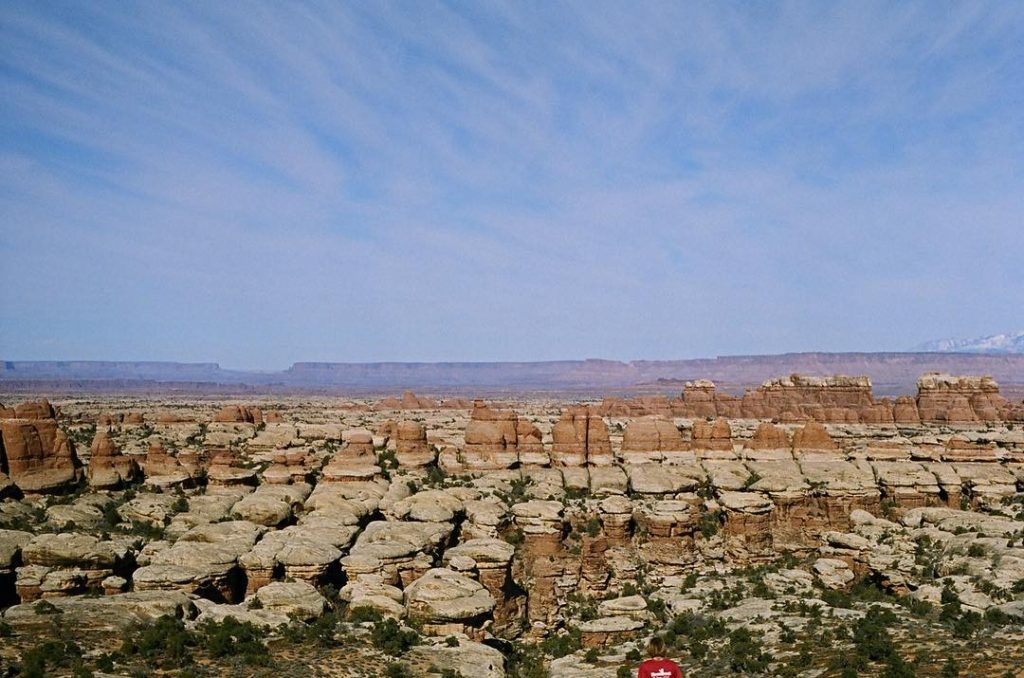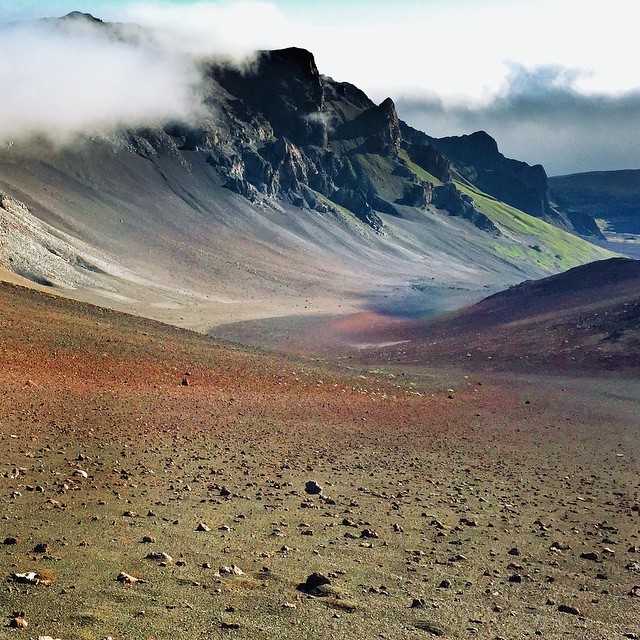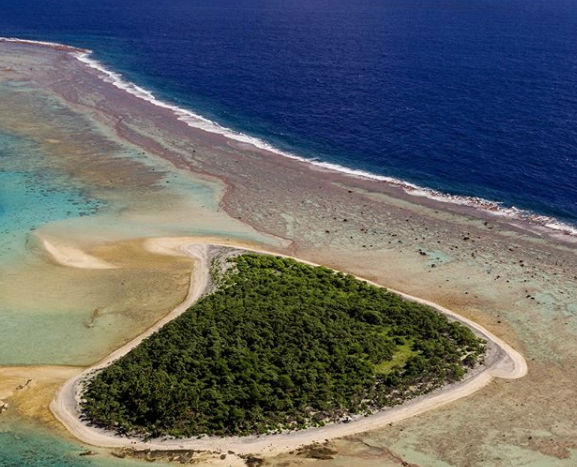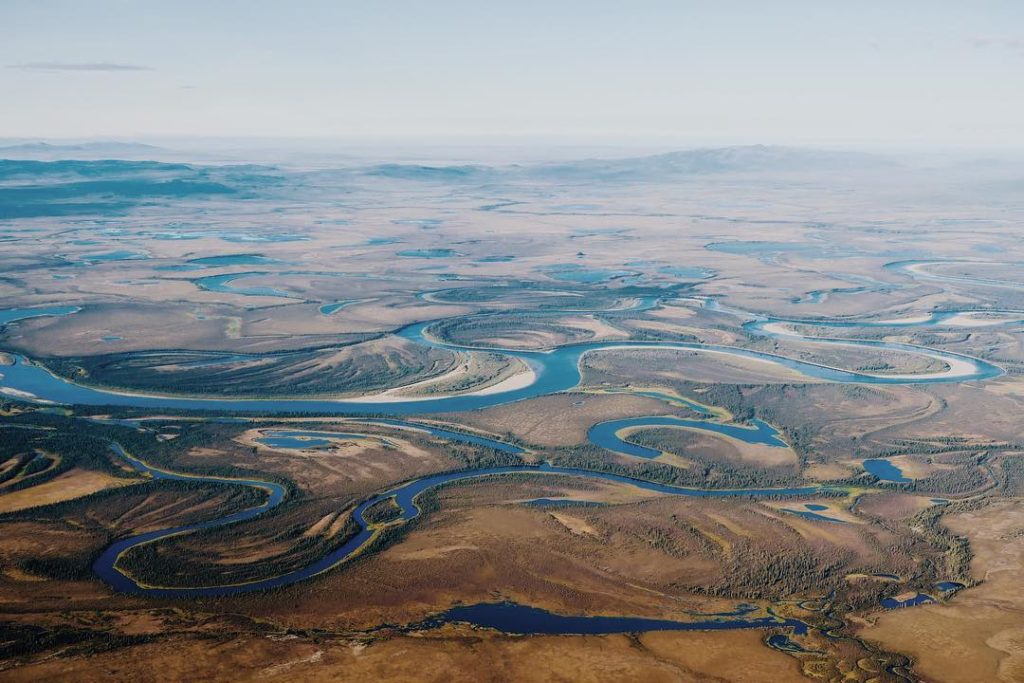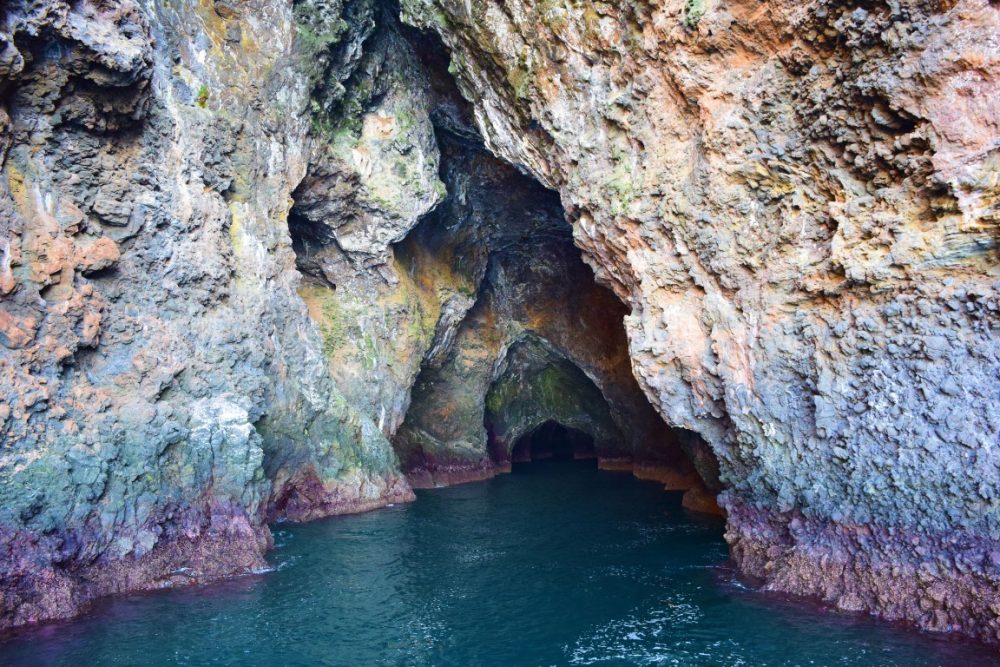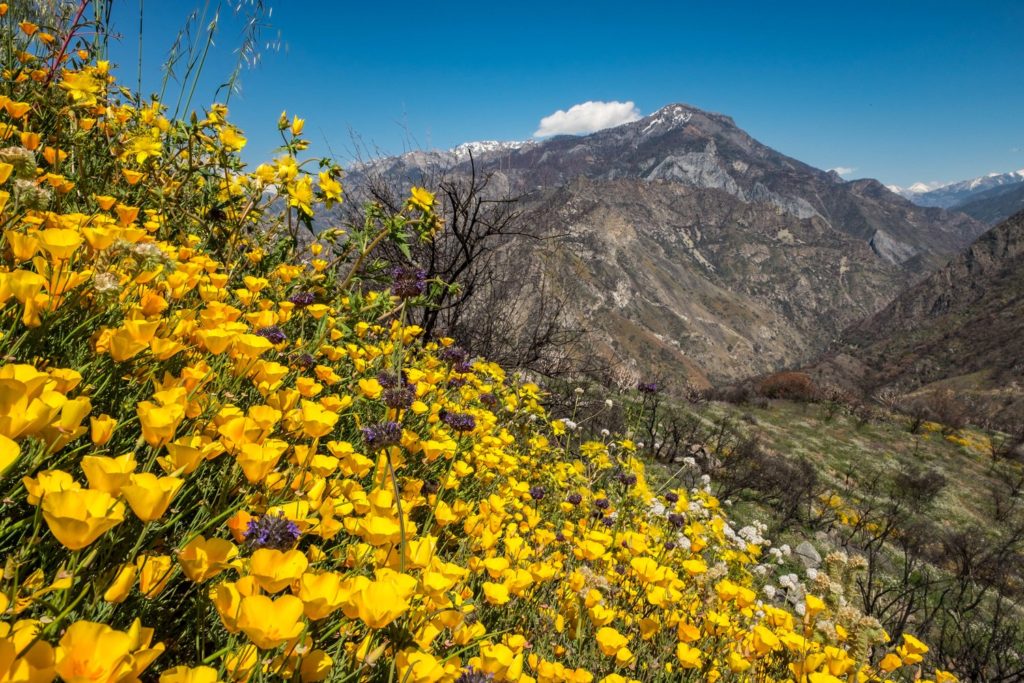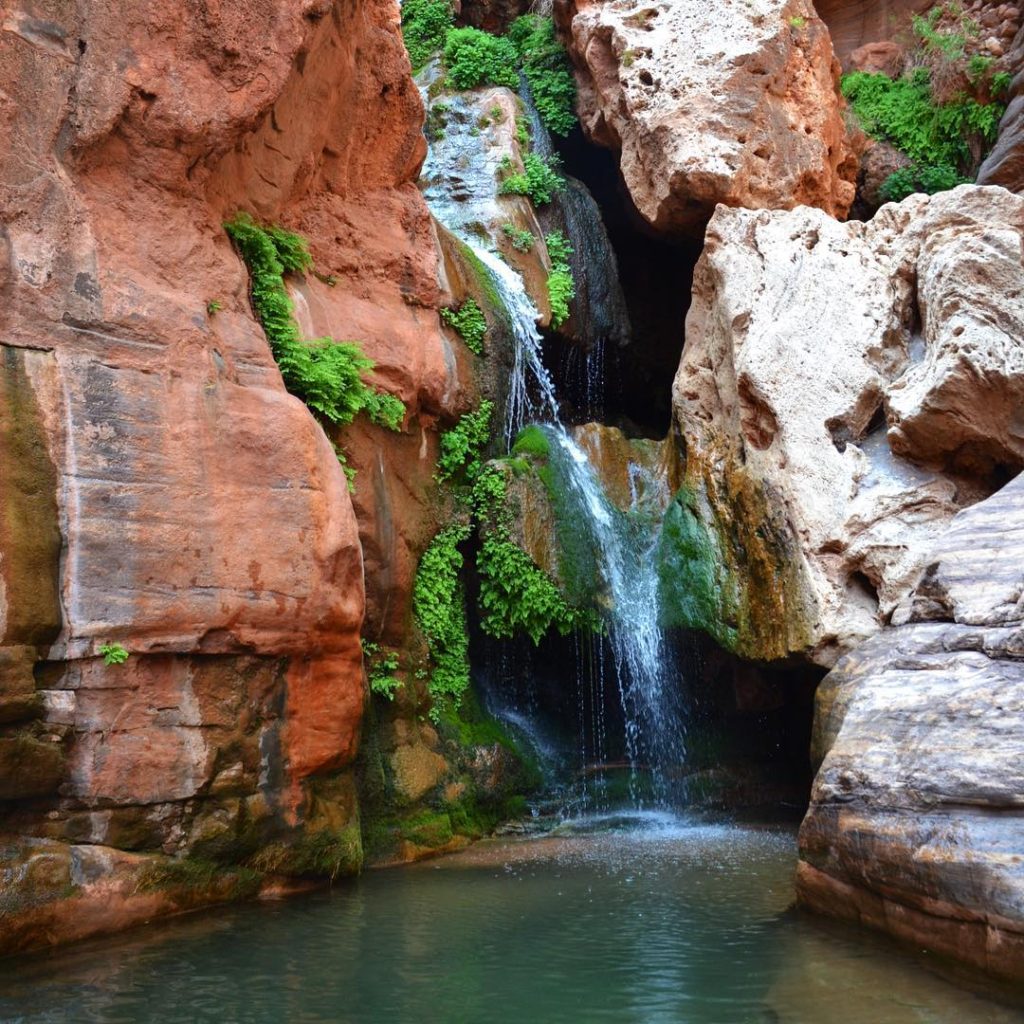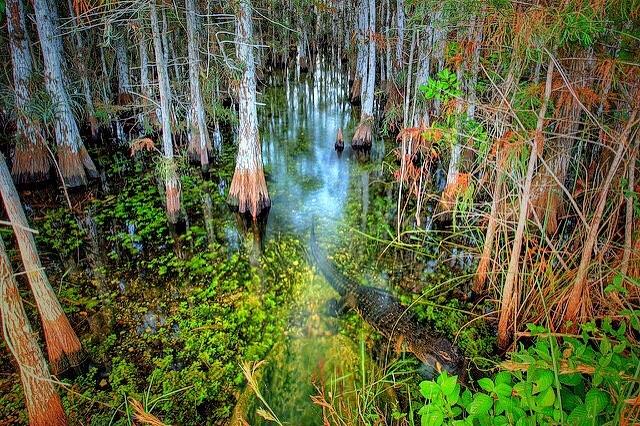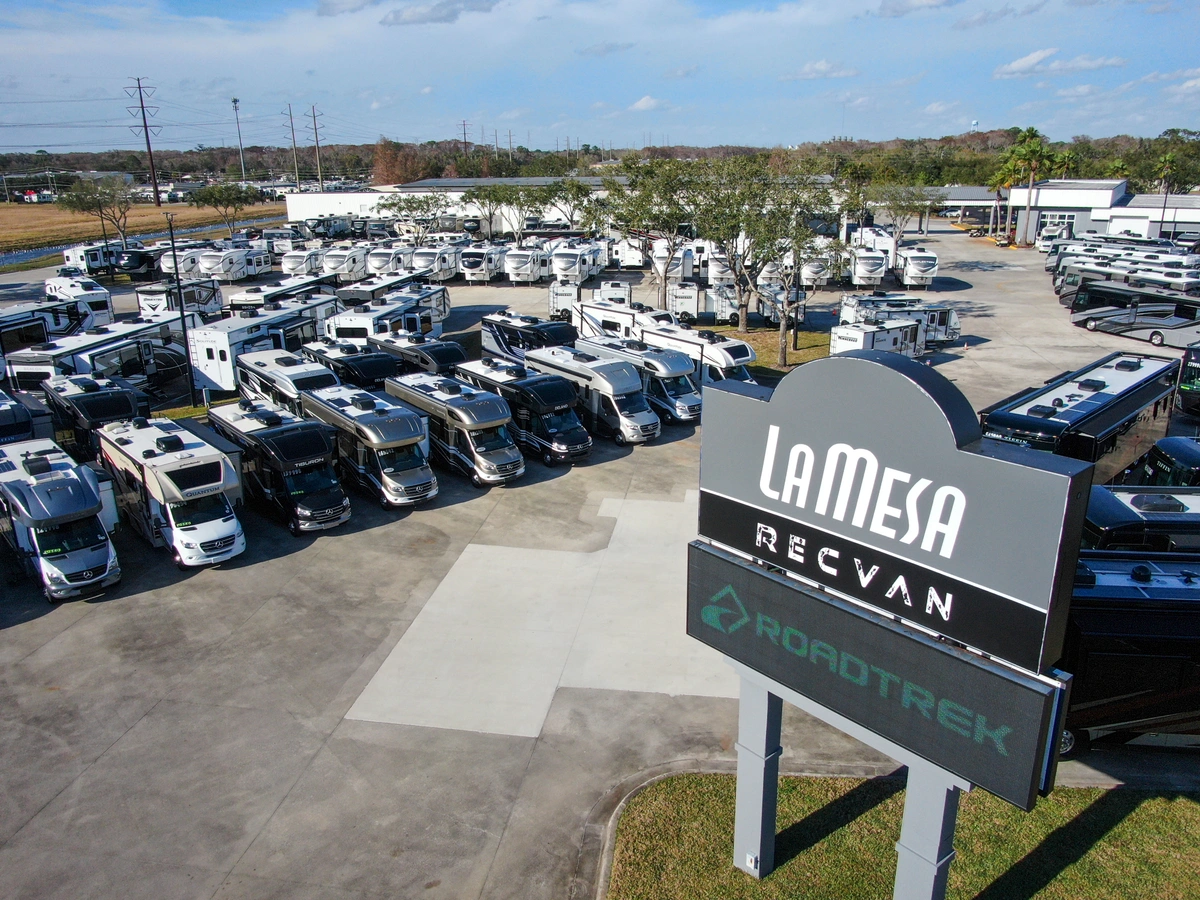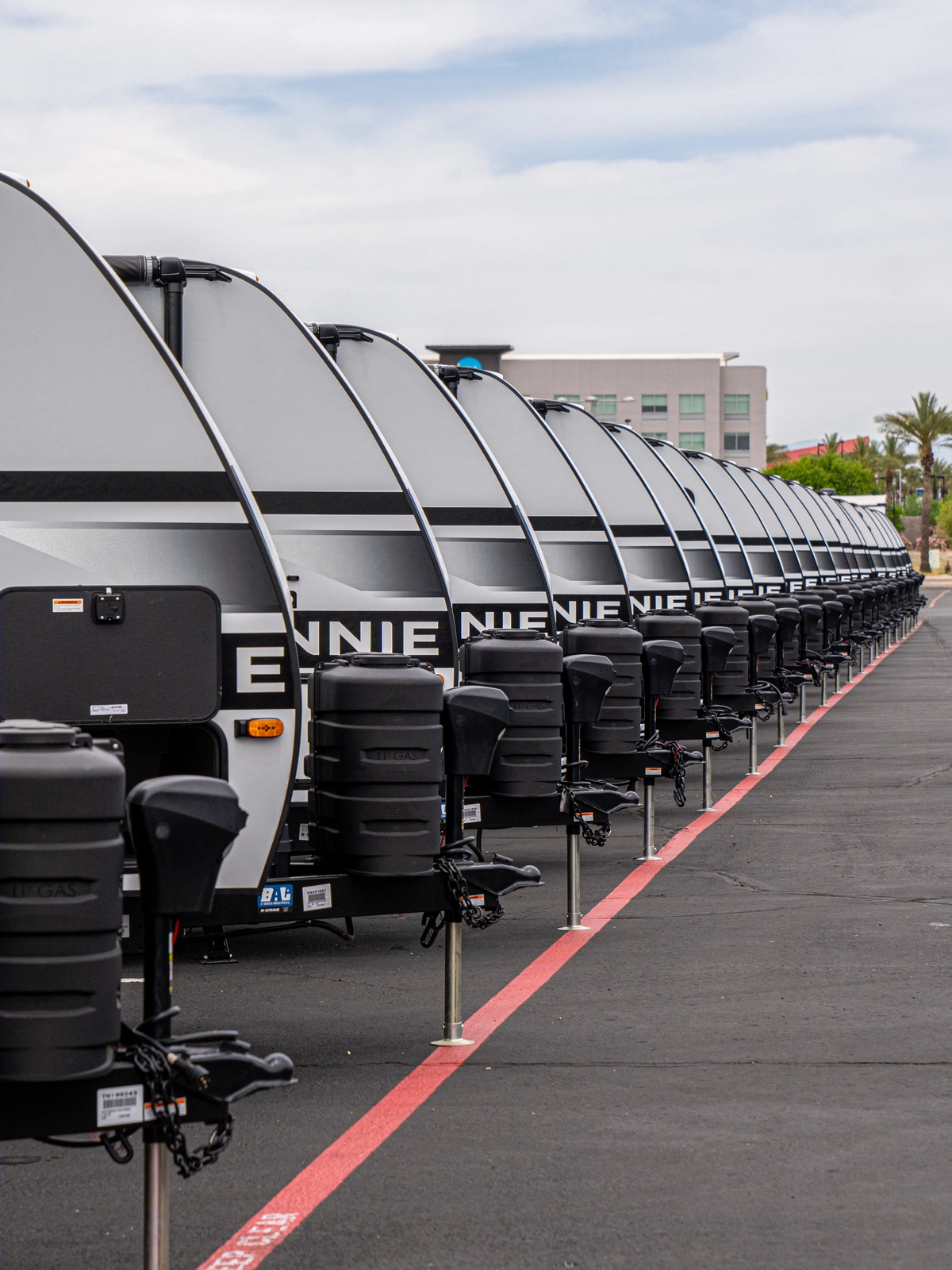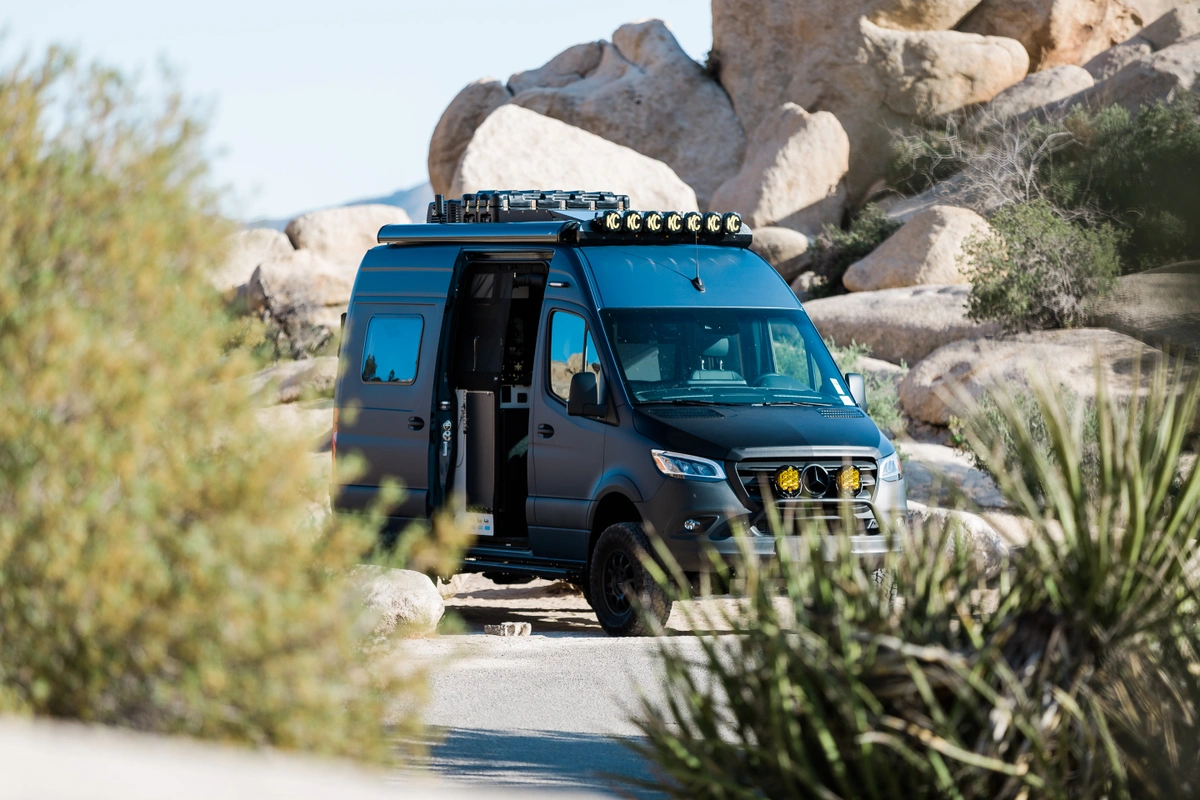For centuries, man has wandered into the woods in pursuit of the undiscovered. It is the desire for new terrain that keeps us on the road, traveling in our RV's. With National Parks Week fast approaching, we've rounded up our favorite "secret spots" (because just how secret is anything anymore with the internet?) inside a few iconic national parks. Though you may have heard a thing or two about these locations, there's nothing like seeing them with your own eyes.
"There is pleasure in the pathless woods, there is rapture on the lonely shore... by the deep sea, and music in its roar: I love not man the less, but Nature more." - Lord Byron
Photography: @helloamerica
Needles in Canyonlands National Park
Needles district is located nearly 75 miles south of Moab. Distinctive for its sandstone spires and unspoiled terrain, there are over 60 miles of interconnecting trails waiting to be explored. As you can imagine, this part of the park is remote. Obtain as much information as you can on the routes and trails you want to enjoy before you venture out. The majority of trail signage is primitive and difficult to read. Check out the visitor's center before you go to have your questions answered by a ranger.
Photography: @brokedowngirl
Sliding Sands Trail at Haleakala National Park
Arguably the most desirable experience in Maui's Haleakala National Park is catching the sunrise on top of Haleakala volcano. Given that Haleakala means "House of the Sun" it should be no surprise most visitors find themselves making reservations (which are now required) to start the 3am hike up the 10,023 foot summit. What is not as popular, or rather, not popular at all, is descending into Sliding Sands Trail. The trail winds down to the crater floor where a Mars like terrain is yours for the taking. Once about a mile down, look around - no other person will be in sight.
Photography: @noaasanctuaries
Ofu Beach in American Samoa National Park
If you find yourself in the South Pacific, make way to this tiny slice of paradise. American Samoa National Park is the only inhabited US territory south of the equator. The lush tropical island is home to geometrically cut mountains and crystal waters. The parks most gorgeous beach, Ofu on the Manu'a Islands, is only accessible by flight (offered twice-monthly) or by flying to neighboring Ta'u and hiring a fisherman to take you. Though a trek, the views are worth it.
Photography: @ourvieadventures
Great Kobuk Sand Dunes in Kobuk Valley National Park
These dunes are the largest active sand dunes in the Arctic and a relic of the last Ice Age. Over time (28,00o years to be exact) the slow retreat of the glaciers grounded the rocks beneath them into fine sand which was blown by the wind into the ice free Kobuk Valley. The 25 square miles of shifting, golden sand is breathtaking. If you go in the summer be aware - temperatures can reach over 100 degrees.
Photography: @californiabeaches
Painted Cave in Channel Islands National Park
This sea cave, which happens to be the longest in North America, is a quarter-mile into the side of Santa Cruz Island and almost no one sees it. Due to the mere difficulty of getting to the Channel Islands and having to book a guided paddle trip into the mysterious cave, most people skip it (or don't know about it.) We promise, the experience is well worth the effort. At low tide you paddle in and at about two-thirds of the way, the cave narrows and turns pitch black. It's a surreal experience as you continue in and begin to hear dozens of sea lions barking and playing on what is to you an invisible beach.
Photography: @joanthan_irish
Kings Canyon Scenic Byway (Hwy 180) in Kings Canyon National Park
This spot requires no physical effort to get to but offers some of the most scenic views in the country. The byway begins in the Sierra Nevada foothills and traverses 50 stunning miles to Roads End. We suggest you start at the foothills outside of Fresno. You will enter the Grant Grove section of Kings Canyon and then descend through Sequoia National Forest and end at Cedar Cove. The road is usually open from late spring through October, so check in before you go. There are endless highway pull-offs that offer canyon overlooks, one of which is the deepest in North America at 8,200 feet.
Photography: @backpacker
Royal Arch Loop in Grand Canyon National Park
This challenging five-day hike is considered to be one of the most difficult of the established south side hikes. The U.S. Department of the Interior suggests this is only for experienced canyon hikers with basic canyoneering skills, off trail navigational skills and the ability to rig a rappel anchor. If you have the know how we suggest you go, as the National Parks System states the canyon is, "replete with more natural beauty than humans can absorb."
Photography: @alltrails
Elves Chasm in Grand Canyon National Park
We just told you about Royal Arch Loop as a whole and want to reiterate the difficulty of the hike. It's strenuous - do not go if you do not currently posses the skills outlined above. Now we're going to dive a little deeper into one of the most iconic locations inside the loop, Elves Chasm. This breathtaking waterfall and grotto is majestic. Don't stop short of your goal. You'll pass a few smaller waterfalls and then you'll know the mecca as soon as you lay eyes on it. The enormous fall is filled with ferns, boulders and pristine emerald water. It's a little slice of paradise you can enjoy all to yourself.
Photography: @outdoor.detour
Cathedral Valley in Capitol Reef National Park
Cathedral Valley is open year-round and accessible by a 57 mile dirt road north of Capitol Reef National Park. Road conditions can vary greatly depending on recent weather. Spring and summer rains often leave roads muddy and impassible. Vehicles with high ground clearance are recommended. As you can tell, getting there is most of the battle. Once you arrive, the bounty of Upper and Lower Cathedral Valley is yours for the taking. These sites offer exquisite views of sculptured monoliths with fascinating names, such as, "the Walls of Jericho" and "the Temple of the Sun, Moon and Stars." 160 million years ago, during the Jurassic period, the deposition of sand and silt in tidal flats created the iconic Cathedral formations.
Photography:@evergladesnps
Chickee Camping in Everglades National Park
Want to explore Everglades National Park unlike most visitors? Try your hand at seeing the park the traditional way, by camping on a chickee. Chickees are elevated camping platforms that resemble docks and are located right on the water. You will kayak through trails of Mangroves and surely spot tons of marine life on the way to your campsite. You must obtain a backcountry permit from the Flamingo Visitor Center. Try to plan your trip during fall or winter, as summers are scorching and plentiful with mosquito's.
Top 10 Secret Must See Destinations Inside U.S.A National Parks
Mar 22, 2018 | 8 min read